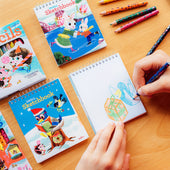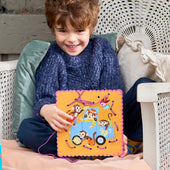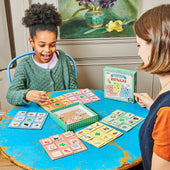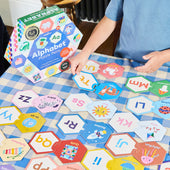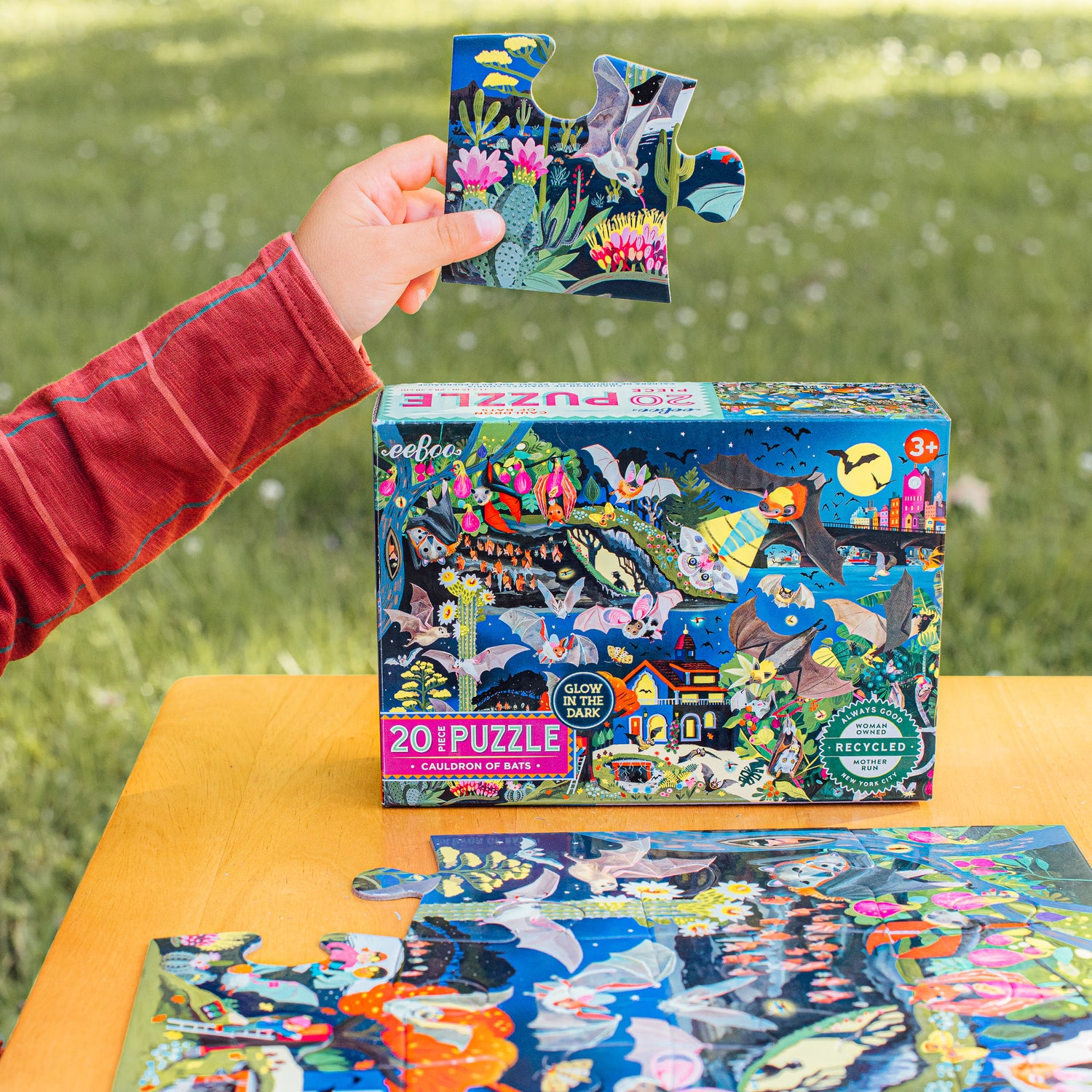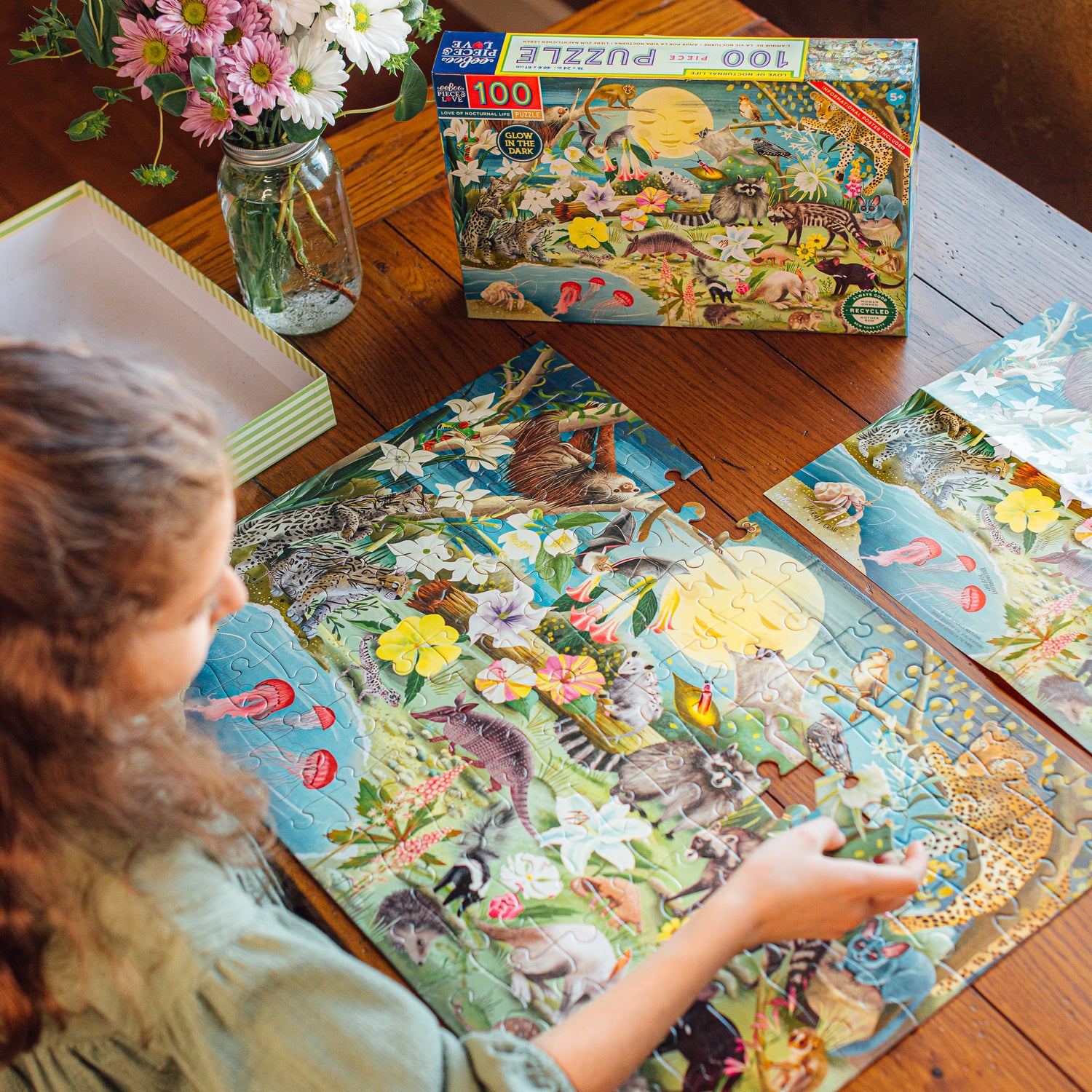Associative Play: Understanding its Role in Child Development Ages Three to Four
Introduction to Associative Play
Associative play is a fundamental stage in child development, typically observed in children between 3 and 4 years of age. It represents a transitional phase where children begin to interact more with their peers, moving beyond the solitary and parallel play stages. In this type of play, children engage in activities where they share materials and communicate, though their play is not yet fully coordinated or organized around a common goal.
Characteristics of Associative Play
- Interaction with Peers: Children start to engage more with others during associate play. They might play with the same toys, exchange ideas, or mimic each other’s actions, but they do not necessarily work together towards a shared objective.
- Communication: There is an increase in verbal and non-verbal communication among children. They begin to discuss their activities, negotiate roles, and express preferences, which helps develop their language and social skills.
- Imitative Behavior: During associate play, children often imitate each other. This imitation is crucial for learning new skills and behaviors, as children observe and replicate actions seen in their peers.
- Shared Activities: While children are still largely focused on their individual tasks, they start to show interest in what others are doing. They might share toys or play in the same space, indicating the beginning of cooperative interactions.
Benefits of Associative Play
- Social Development: Associate play is essential for developing social skills. Children learn to take turns, share, and understand social cues, which are foundational for building relationships.
- Language Skills: As children communicate more during associate play, their vocabulary and conversational abilities expand. They learn to express themselves, listen to others, and engage in dialogue.
- Emotional Growth: Engaging with peers helps children understand and manage emotions. They experience empathy, learn to cope with frustration, and practice self-regulation as they interact with others.
- Cognitive Development: Through associate play, children develop problem-solving skills and creativity. They encounter different perspectives and ideas, which broadens their cognitive abilities and encourages innovative thinking.
Examples of Associative Play
- Playing House: Children may engage in playing house, where they take on different roles (e.g., parent, baby, pet) and interact within a shared space without a structured storyline or coordinated effort.
- Art Activities: Children might work on individual art projects at the same table, sharing materials and ideas without necessarily creating a collective piece.
- Outdoor Play: On the playground, children might climb the same structures, slide down the same slides, or play with sand and water near each other, interacting sporadically but not as a unified group.
Transition to Cooperative Play
Associate play paves the way for cooperative play, where children begin to work together towards common goals and engage in more organized activities. This next stage is marked by a higher level of collaboration, role assignment, and shared objectives, leading to more complex social interactions and deeper relationships.
Associative play is a critical phase in early childhood development, bridging the gap between solitary and cooperative play. By fostering social, emotional, cognitive, and language development, it prepares children for more advanced forms of interaction and collaboration. Understanding and supporting associate play can help parents, educators, and caregivers facilitate a child's growth and readiness for future social experiences.


